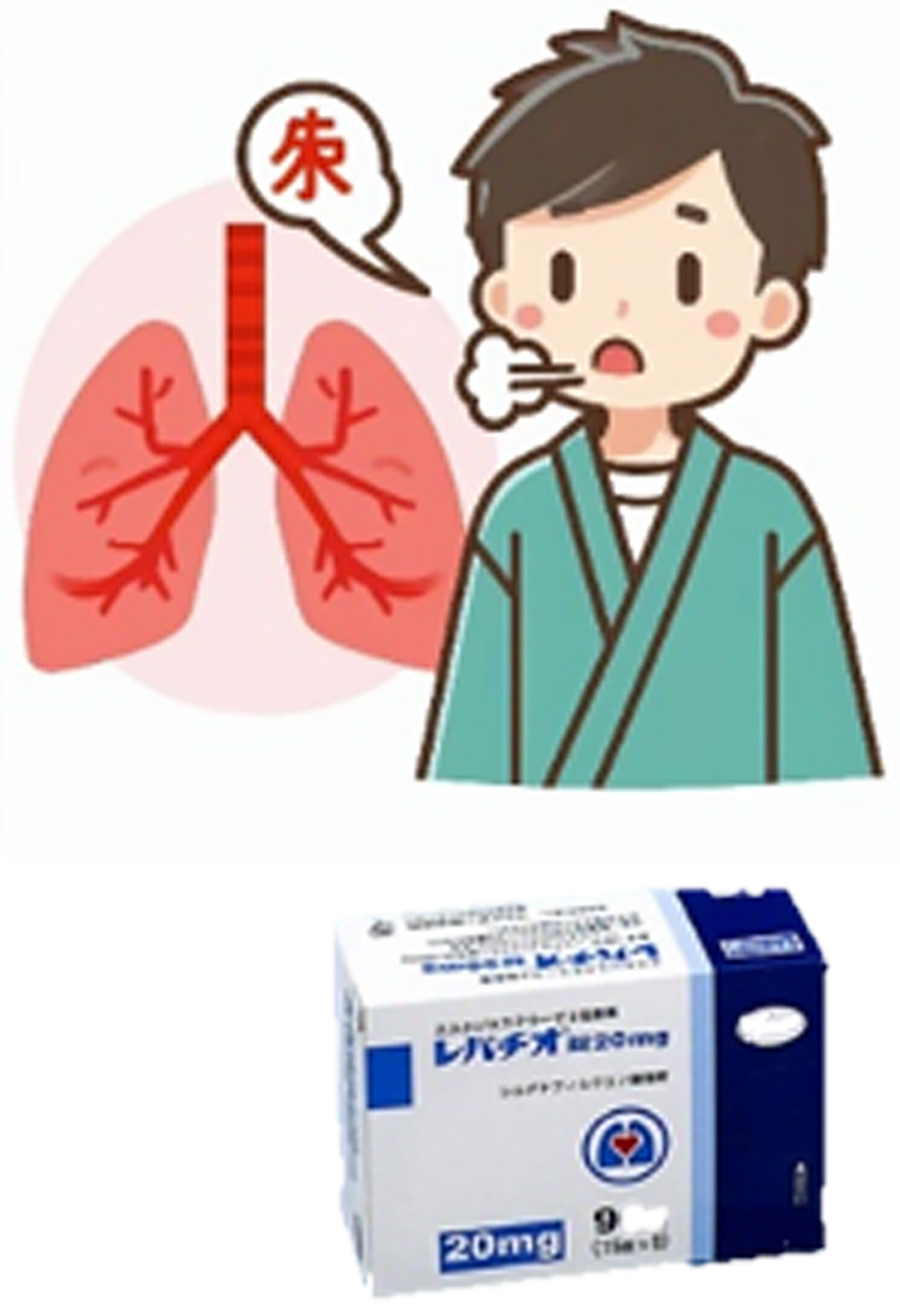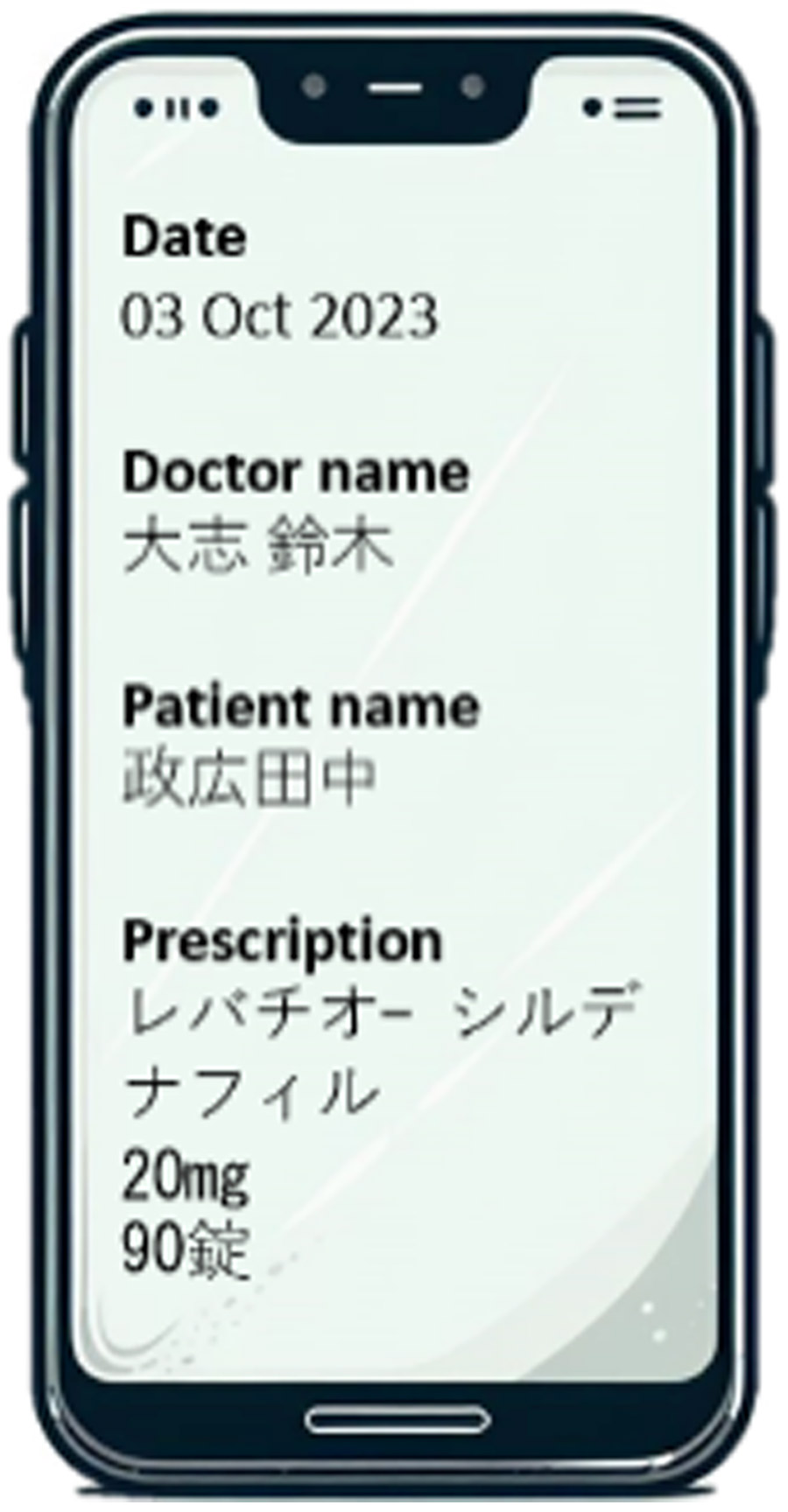(Part 4)
EMA
Ron Fitzmartin
US FDA
Malin Fladvad
WHO-UMC
dentification of Medicinal Products (IDMP), a suite of five standards developed by the International Organization for Standardization, provides an international framework to uniquely identify and describe medicinal products with consistent documentation and terminologies, and facilitates the exchange of product information between global regulators, manufacturers, suppliers, and distributors. When fully implemented globally, the standards will facilitate the unique identification of medicinal products in the context of pharmacovigilance, drug shortages, and the safety of medications (and patients who take them) throughout the world. The following fictional use case illustrates a potential benefit of the Global Pharmaceutical Product Identification (PhPID) of IDMP.

Our Japanese friend Tanaka is under a treatment regimen with レバチオ, for a potentially life-threatening pulmonary arterial hypertension (PAH) condition. His doctor has emphasized the importance of therapy compliance.

Tanaka leverages a healthcare mobile app to access an electronic prescription for his medication. This contains comprehensive information including patient and prescriber information, the brand name of the drug, and the dosage of 20 mg in tablets. But only the headers are in English while the rest of the information is in Japanese.
Tanaka stands at the pharmacy counter, clutching his foreign prescription tightly. Anxiety is etched across his face as he converses with the American pharmacist. His hope hinges on the pharmacist’s ability to fulfill the medication requirement based on the foreign prescription.
However, the American pharmacist cannot enter the Japanese brand name in the system and, with genuine concern over potential prescription misinterpretation and erroneous medication dispensation, cannot dispense any medicines to Tanaka.

What if we had a Global PhPID?
If the global PhPID was available in the Japanese prescription, it would allow the American pharmacist to search their own system for medicinal products that are approved in the United States market with the same PhPID. Language would no longer be a barrier.
Therapy compliance is successfully ensured, and Tanaka’s health is preserved, underscoring the significance of overcoming linguistic impediments when accessing indispensable healthcare services.
This case study demonstrates the importance of having a globally recognized PhPID to connect medicinal products across regions. The PhPID used in the study is a level 4 PhPID which is generated with substance, dose form characteristics, and medicinal product dose strength. All medicinal products with the same substance, dose form characteristics, and strength, in a region or across regions, brand name or generic, therefore have the same unique level 4 PhPID.
Figure 1: Cross-Border Medicinal Products Linked with Global PhPID

These global PhPIDs become an important and powerful tool for healthcare providers to find and dispense substitute medicinal products to care for travelers from all regions and to ensure public health safety globally.
Read part 1, part 2, or part 3 of this series in our previous issue.

